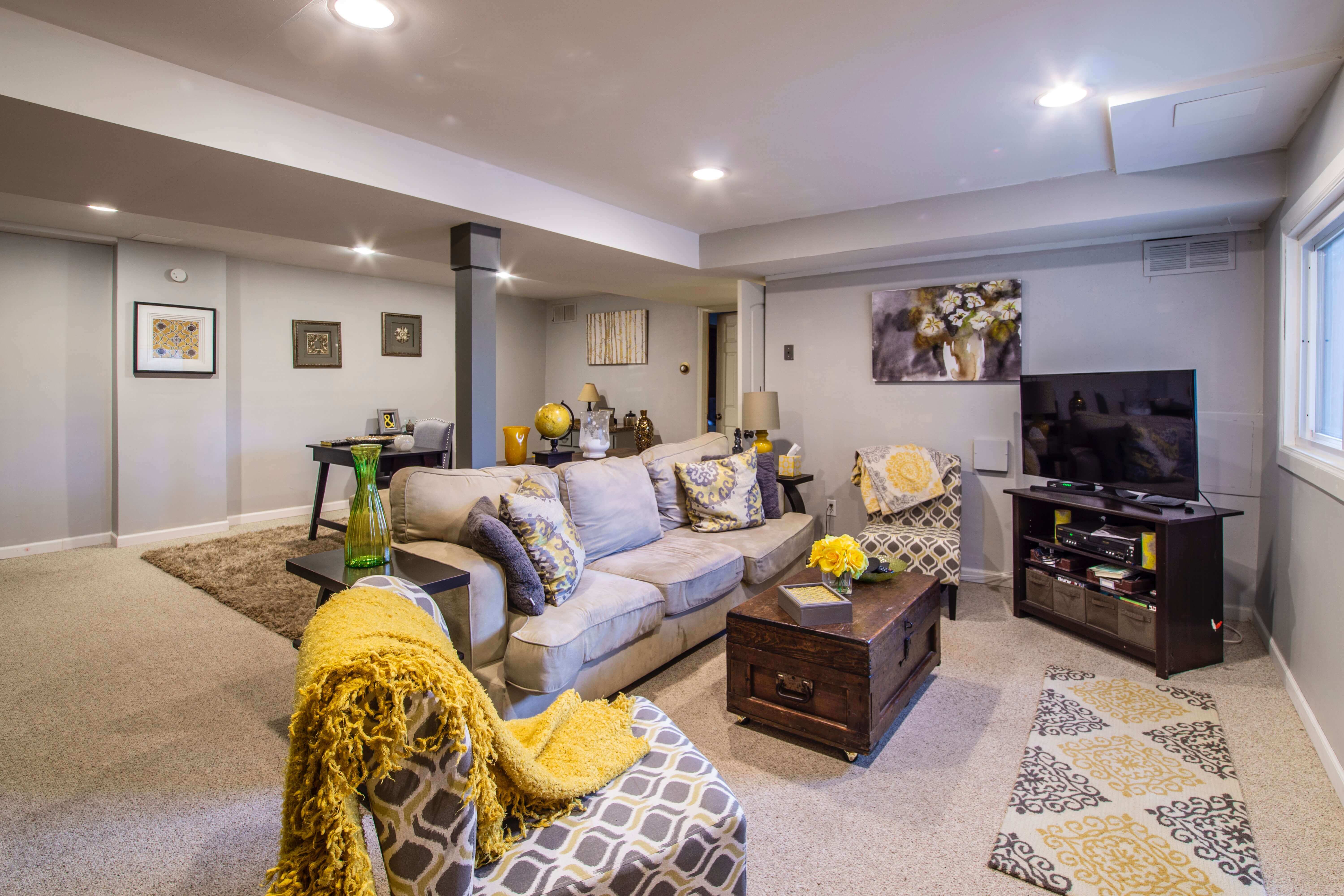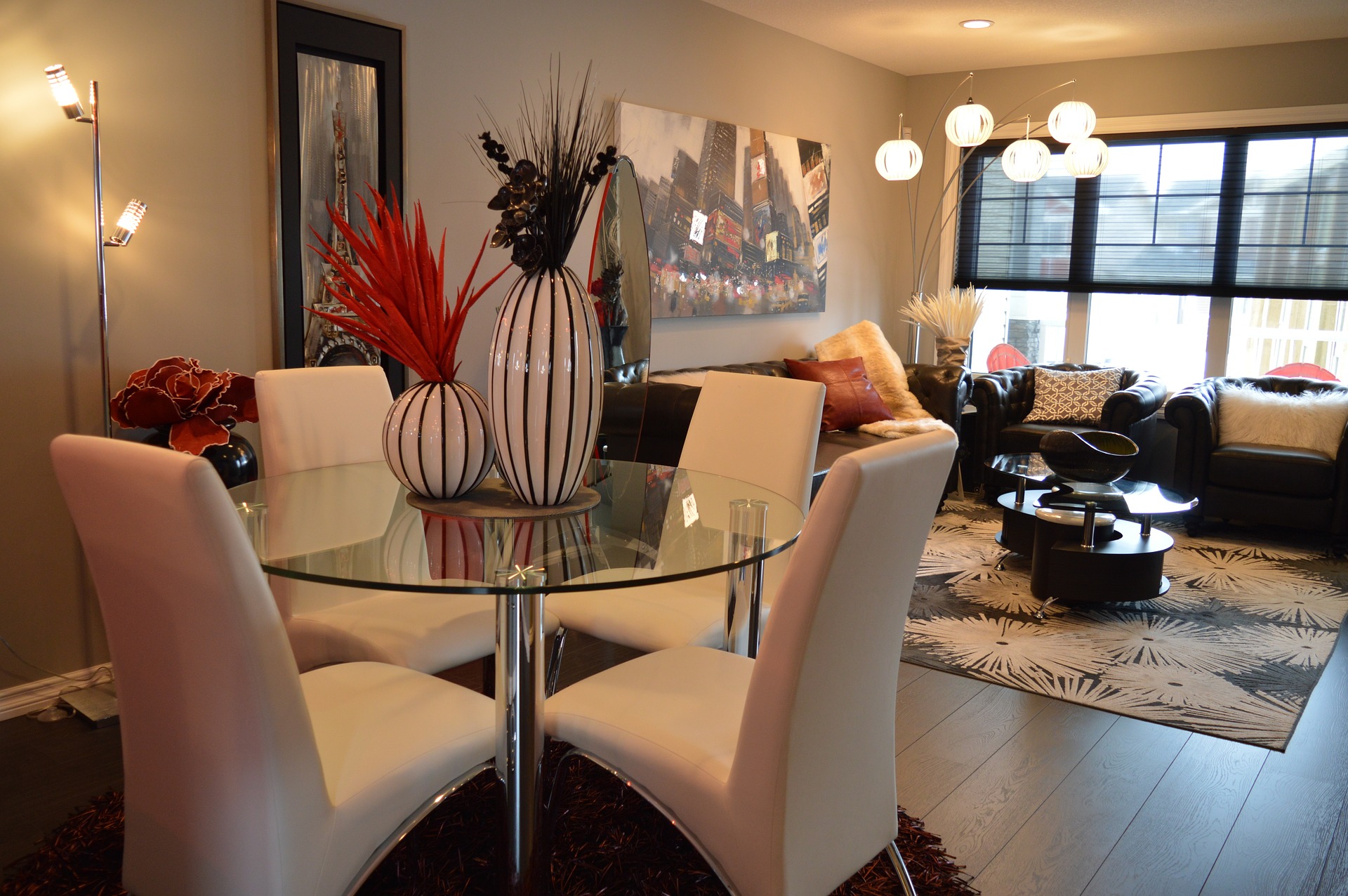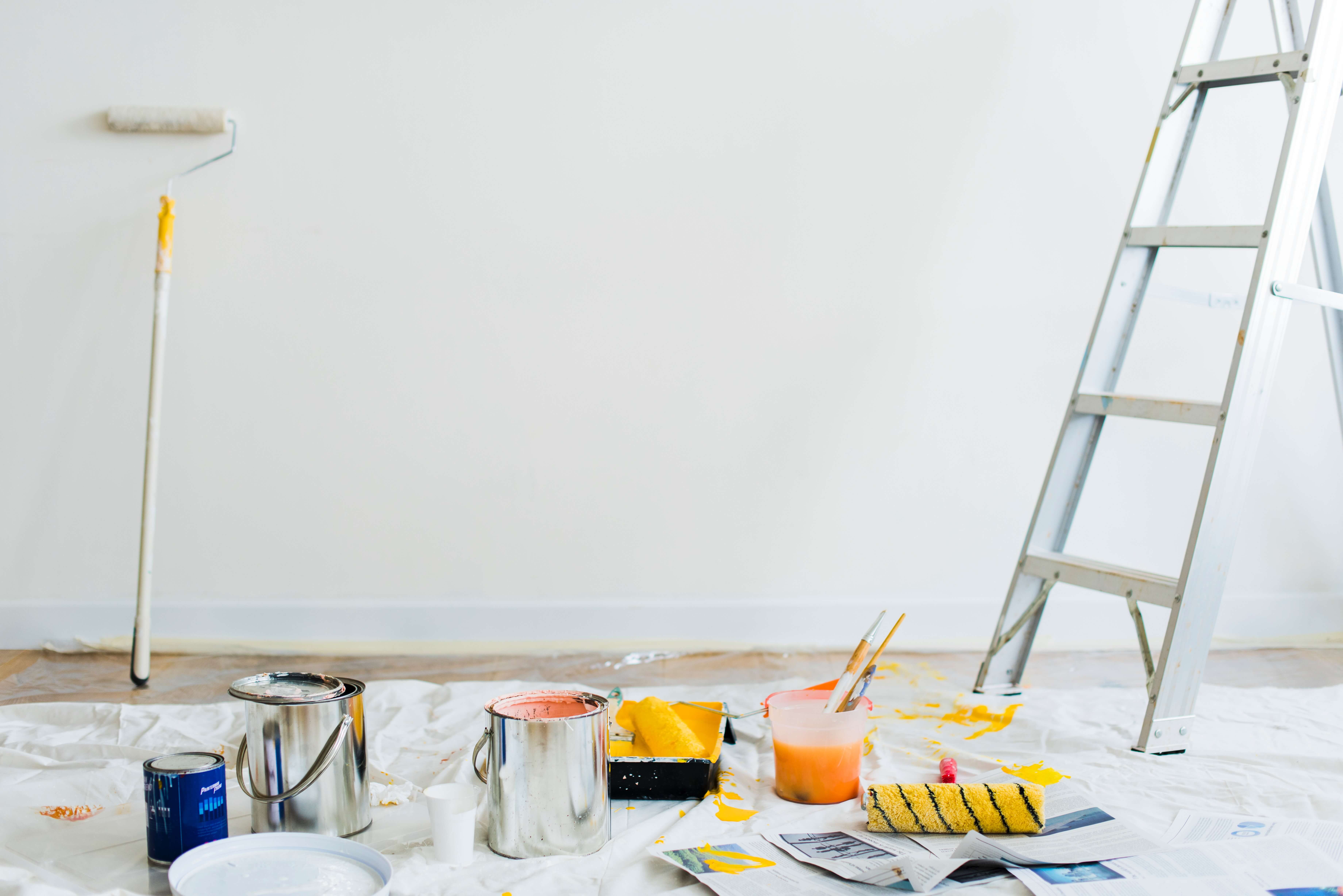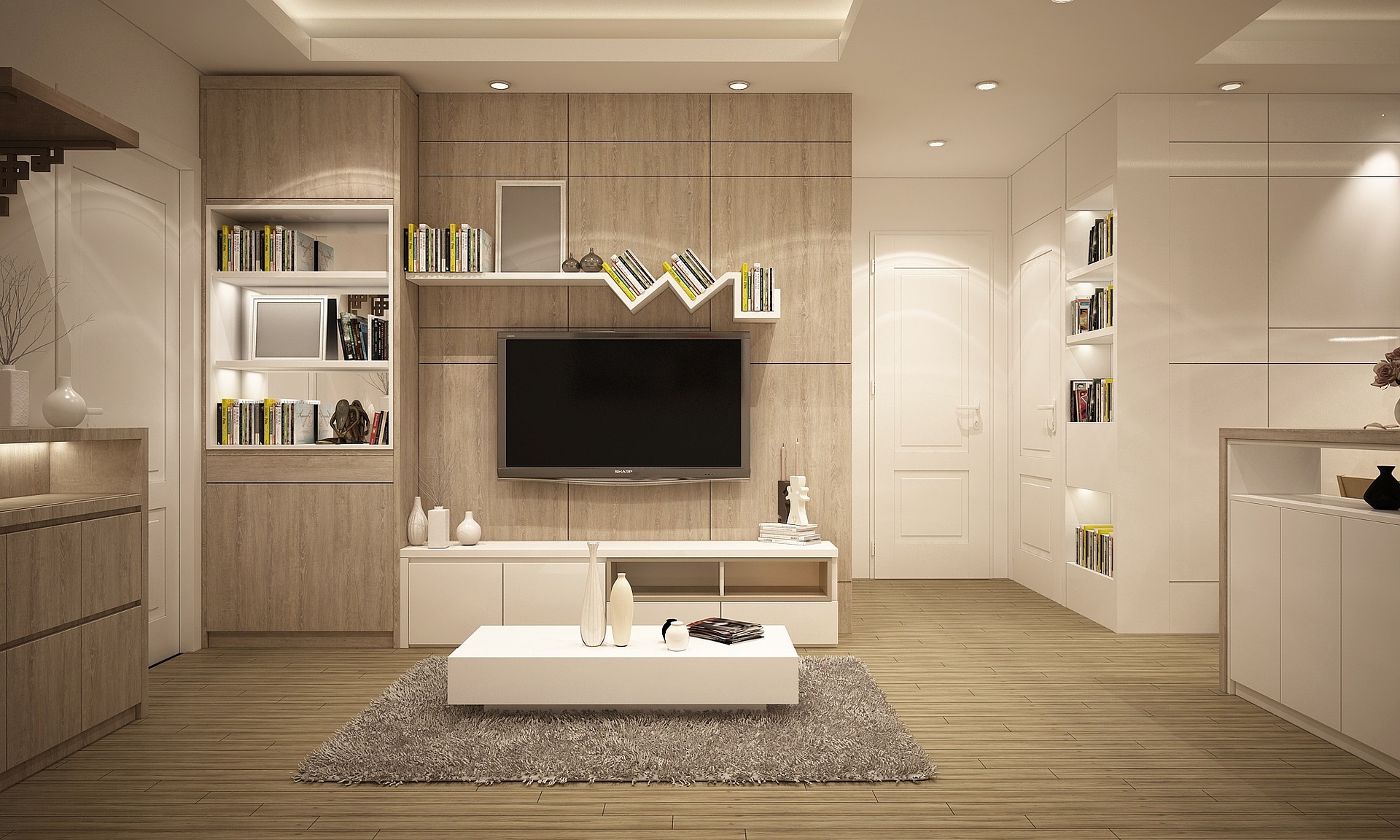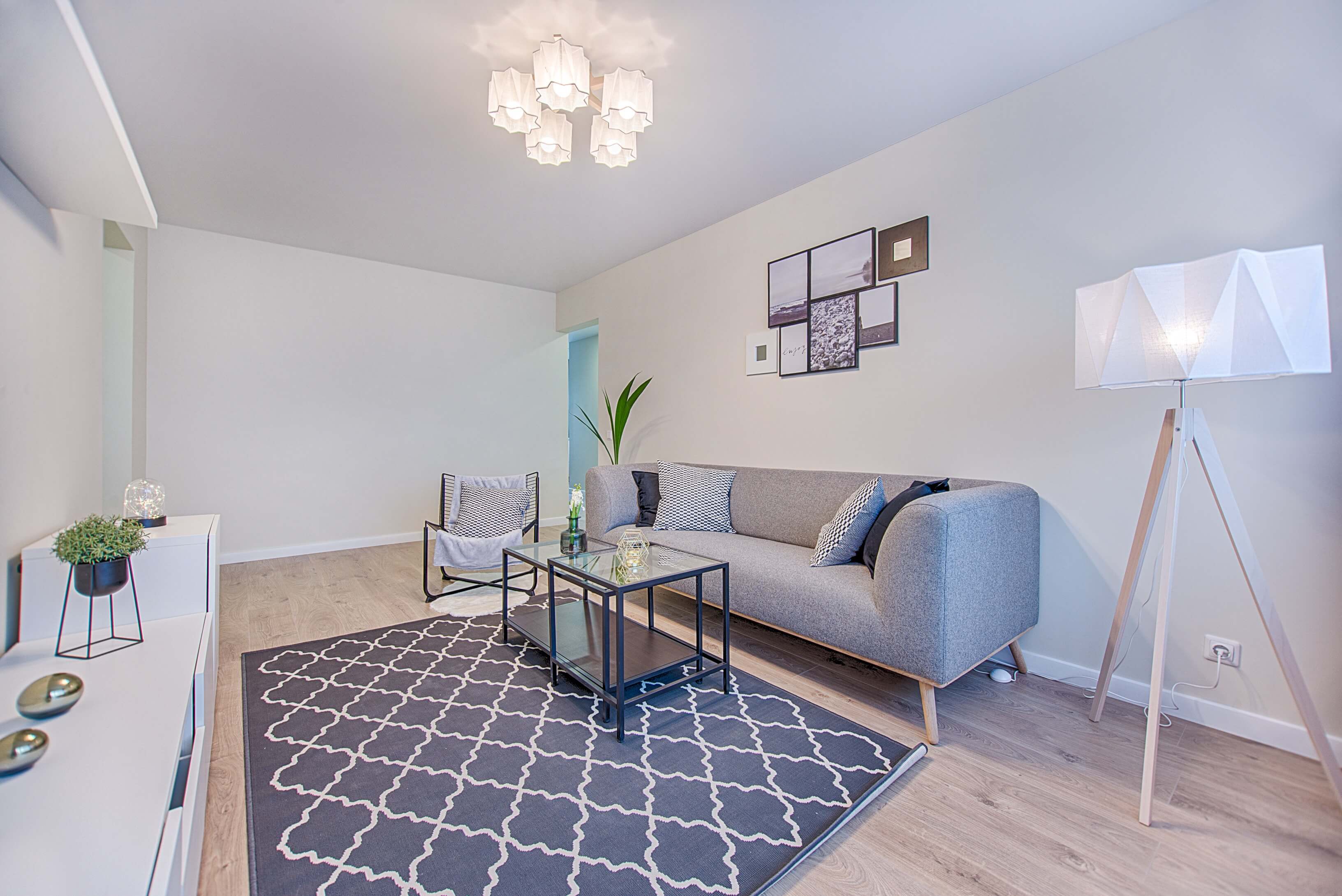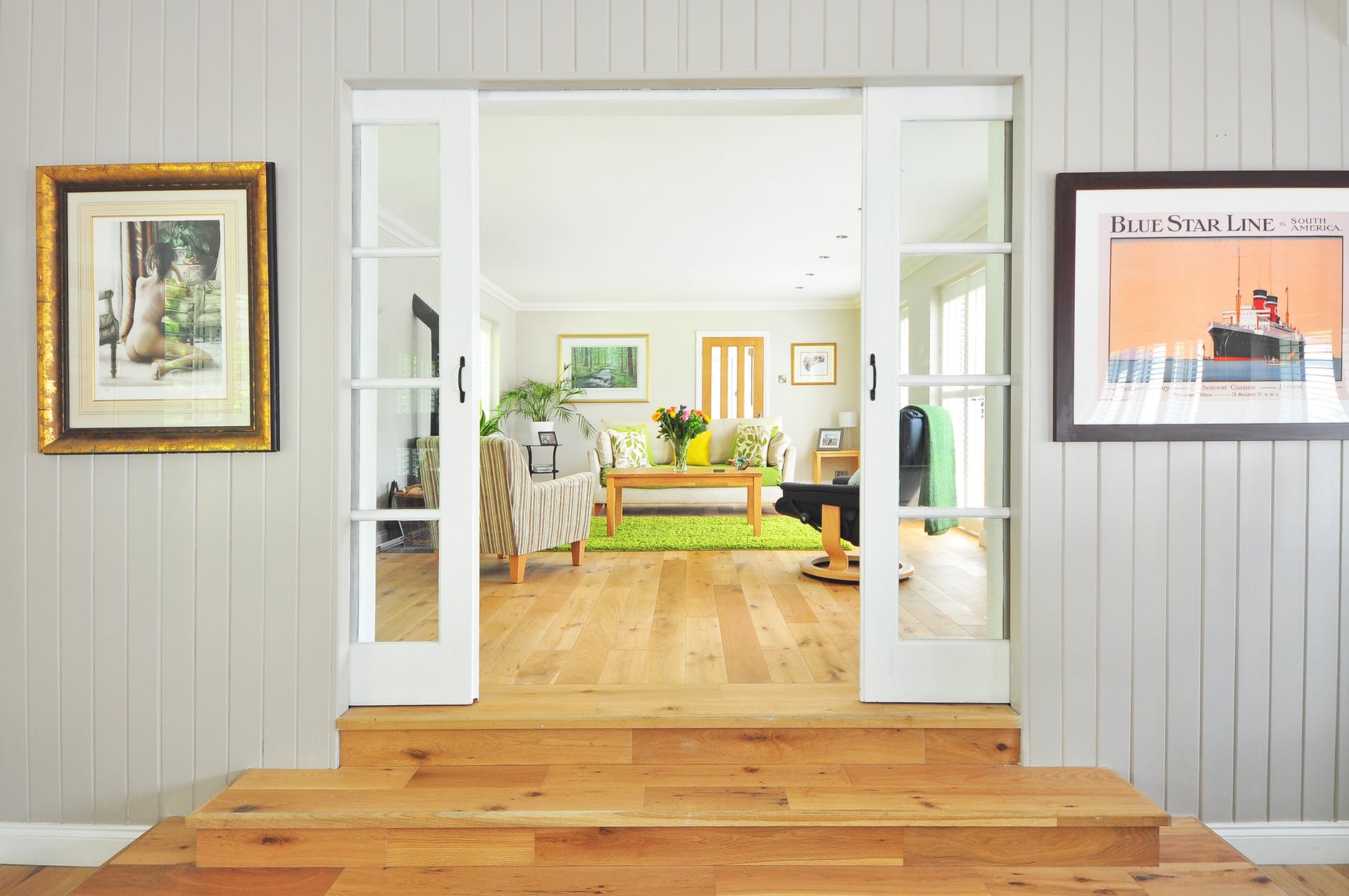It is hardly found a person who does not like to stay in a bedroom. Most of the people in the world like to spend at least one-third of their life in the bedroom. So, it is highly important to decor your bedroom according to your desire. Redecorating your bedroom creates a relaxing environment and helps you to provide a better night’s rest. For making a stylish bedroom, you don’t have to spend a lot of money. There are several ways to decorate a room. Now you can take a look at our ideas. Pick the favorable ideas for you.
Different Ways You Can Apply To Decorate A Room
There are multiple ways you can apply to decorate your room in the best possible ways.
1: Take the dimension of your room and furniture:
To do this, you can use a measuring tape to measure the room dimensions. You can use graph paper to sort out and write your taken measurement.
This measurement may include:
- Floor plan, size of doors, windows, etc.
- You can take the measurement of the furniture. Written your taken measurement on the graph paper. At that time, determine which furniture should go at which area of the room.
- Before rearranging, sort out which furniture is not required anymore. After planning that, you can get some free space. Now it is time to decide which new furniture is required for filling your available space. ( Consider suitable free space for walking, playing with children. etc)
2: Tools requirement:
You need some important hand tools to run the work. For working at the room, list the available tools you have or you have not. Purchase the unavailable tools from the market. It is not a waste of money. These tools are your permanent asset.
3: Cleaning the room:
Unnecessary items can be donated. If you find something that is not usable anymore, throw it out. You may clean out all the areas in your room as well as under your bed. If you get some newspapers, books, those are not required anymore; you can sell off these items. The important newspapers, books should be arranged on bookshelves.
4: Color the walls:
You can use different types of color for your room. You can use a single color for all walls or the different color for a different wall. Normally, white color or similar to white color reflects the light. Black color or similar to black color reduce the reflection of light. An important thing that does not give chance to feed the color of your bedroom. Repainting your wall before getting it fed. Red, black, navy blue color should be avoided. At the time of coloring the room, match the walls color with your furniture, curtains, and carpets.
5: Color the furniture:
Now, you need to recolor your furniture. You can use different types of color for your furniture. You can use a single color for all furniture or a different color for different furniture. Normally, you should use wood color, white color, black color or any other shining color. At the time of coloring the furniture, you should try to match the furniture color with your walls, curtains, carpets.
6: Place the bed with related furniture:
Now, you should place your bed based on your preference. Some people prefer to place the bed against the wall. Some people prefer to place the bed on the side of the window. Some people prefer to place the bed in the middle of the room. So, you should decide for yourself. If there are free spaces available on both side of the bed, you may place a chair and a small table on one side. This table is set for reading books. On the next side, you can place a storage drawer with a table lamp and flower. You may also plan for utilizing the free space available under the bed. For storing things under the bed you may add a bed skirt. You can buy a bed with all related amenities at https://www.pillowbedding.com/
For placement of bed in the room, you should follow other guidelines also:
- The bed should not be placed in an area where sunlight shines directly.
- Avoid placing mirror against your bed.
7: wood headboard:
You can easily buy wood from the market. Even you can get as a gift from neighbors or relatives. And simply you can make a headboard on the back wall of your bed.
8: Added extra shelves:
For Maximizing each and every corner and area of your room, you may add extra shelves. That not cost you much. You can purchase plastic storage bins. You can attach hooks on the back of the door. If you added wooden storage bins, attach hooks on the side of the wooden shelves. You can utilize vertical free space for installing shelves. You may label the bin for a specific item. So, for storing Each and every item, you will get a specific place. This will provide you a organize structure of the room.
9: Stylish bookshelves:
Try to decor your bookshelves with some decorative items. For example, if your bookshelves have six racks. Try to decorate the upper two racks with pottery or framed photos. You may use the middle two racks for books. If you have some unattractive items to display, such as DVDs etc, cover it by boxing. You can leave one or two bin of each shelf empty.
10: hanging a shelf beside your bed:
It is a simple idea. Does not require much cost. You may tie driftwood with some rope and hang it besides the bed. It provides an apical view of your bedroom.
11: add carpet to the floor:
It is also a simple idea. Does not require much cost. You can easily purchase a carpet from a shop or even you can get as a gift from neighbors or relatives. And simply you can cover some portion of your floor by carpet. It provides an epical and stylish view to your bedroom.
12: You can use washi tape to Decor small accessories:
You can use washi tape for decorating some accessories. With no cost, it increases beauty to your room.
13: Flower arrangement:
The flower is for beautification. You can go to the gardener for purchasing flower with tub. You can make an arrangement on the side of the window. You can also make a garden in front of your room.
14: Arrange a jewelry tree:
You can gather dry branches of small trees in a vase over the dressing table. For making the vase more stable, you can fill it with pebbles. You can decorate the vase and tree with different ornaments.
Read Also:













